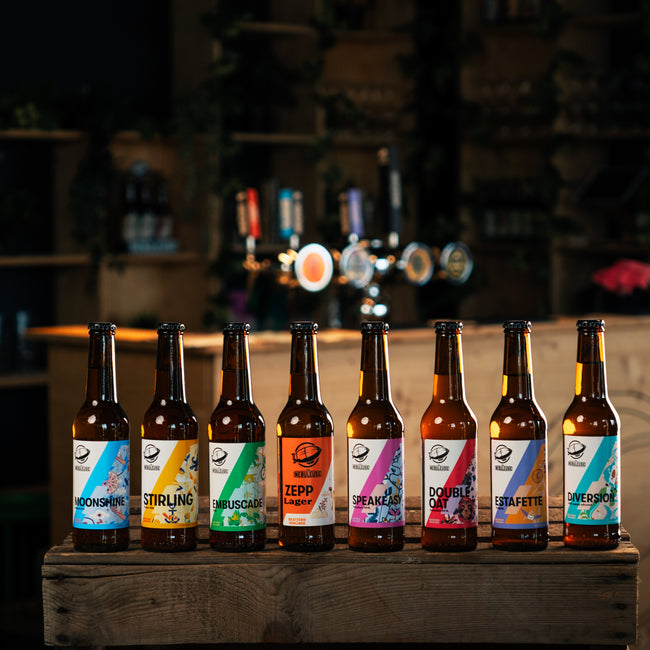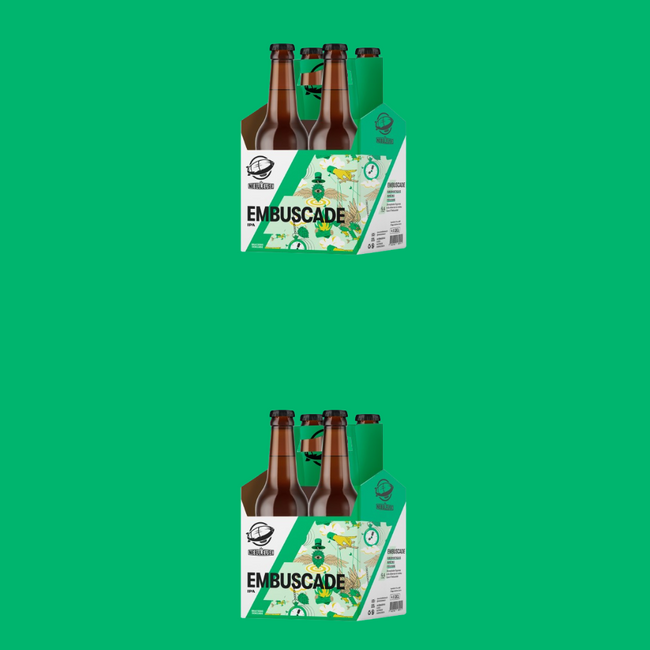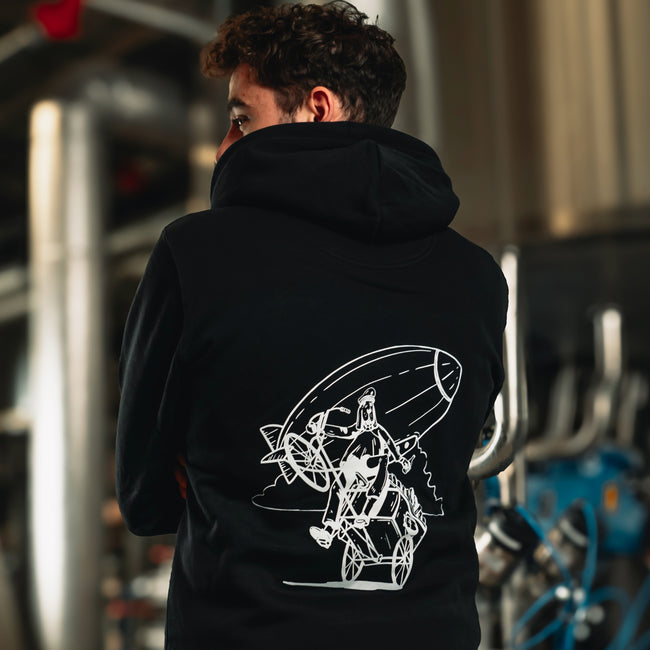Craft amber beers and their malty secrets

IPAs make noise, Stouts command respect... and amber beers, on the other hand, advance quietly. Not ones to shout from the rooftops, they prefer to let the malt do the talking. An old-school style? Perhaps. But beneath its quiet exterior, it hides an unsuspected depth.
What makes amber beers so charming is the richness that gently reveals itself . A coppery color that catches the light, aromas of caramel, toast, sometimes a hint of hazelnut or dried fruit. No frills, just flavor and a well-thought-out balance between sweetness and bitterness.
What Defines a Craft Amber Beer
A unique spectrum of colors and flavors
It all starts with the color. A golden blond? Too pale. A deep brown? Too dark. Amber plays on coppery, sometimes red, reflections, a nuance that announces the warmth and generosity of the malt . And it's confirmed at first touch: notes of caramel that tickle the nose, toast, a hint of hazelnut, and sometimes that little something reminiscent of honey or dried fruit.
But be careful, just because it's malty doesn't necessarily mean it's heavy or sweet. It's all a question of balance. A good craft beer like Embuscade knows how to handle malts with precision, notably using Caramünch to achieve that beautiful roundness in the mouth, while maintaining a discreet bitterness that cuts short any temptation to go soft.
The essential role of malts in the profile of amber beers
Signature malts and their impact
If hops are the rock star of IPAs, then malt is the brewmaster behind the scenes, the one that builds the entire backbone of a beer . In amber beers, it's not just a supporting character: it's the star. It's what determines the color, texture, and those unique flavors that make all the difference.
The malts that make all the difference
Caramünch malt, found in Stirling , brings those slightly roasted caramel notes that give it its pleasant roundness. Munich goes further: it reinforces the beer's structure with a touch of baked bread and cereals, while boosting the color. And then there are those special little malts, like Biscuit, found in Estafette , which adds a hint of hazelnut or golden bread crust.
Of course, it's all a question of dosage . Too much of these malts and the beer becomes a runny pudding. Not enough, and you end up with something bland. It's this delicate balance that makes good amber beers so magical: they can be rich without being overwhelming, warm without being stifling.
Amber beers today: between tradition and renewal
A timeless style that reinvents itself
Amber beers are a bit like the "old school cool" style of craft brewing. Historically, they have strong roots: German Altbier, Irish Red Ale, abbey beers... Recipes that have survived the centuries , proving that malt doesn't need gimmicks to shine.
New trends in craft brewing
What's changing? The bolder use of hops . While classic amber beers rely almost exclusively on malt, some modern versions like Embuscade incorporate aromatic hops to add a fruity or resinous touch. The result? Beers that retain their warm base but with an added punch on the palate.
The experiments also extend to yeasts and barrel aging. Amber beers ferment with more expressive yeasts to bring out new aromas, or spend a few months in barrels to gain complexity.
Conclusion
Long overshadowed by IPAs and Stouts, amber beers are making a comeback thanks to craft breweries that dare to revisit them without betraying their essence. Neither too light nor too intense, they offer a balanced and nuanced experience , ideal for those looking for something other than a beer that hits hard with hops or roast.
Ultimately, amber beers are a bit like a good cult album: not always at the top of the charts, but a timeless classic that we enjoy rediscovering again and again.









